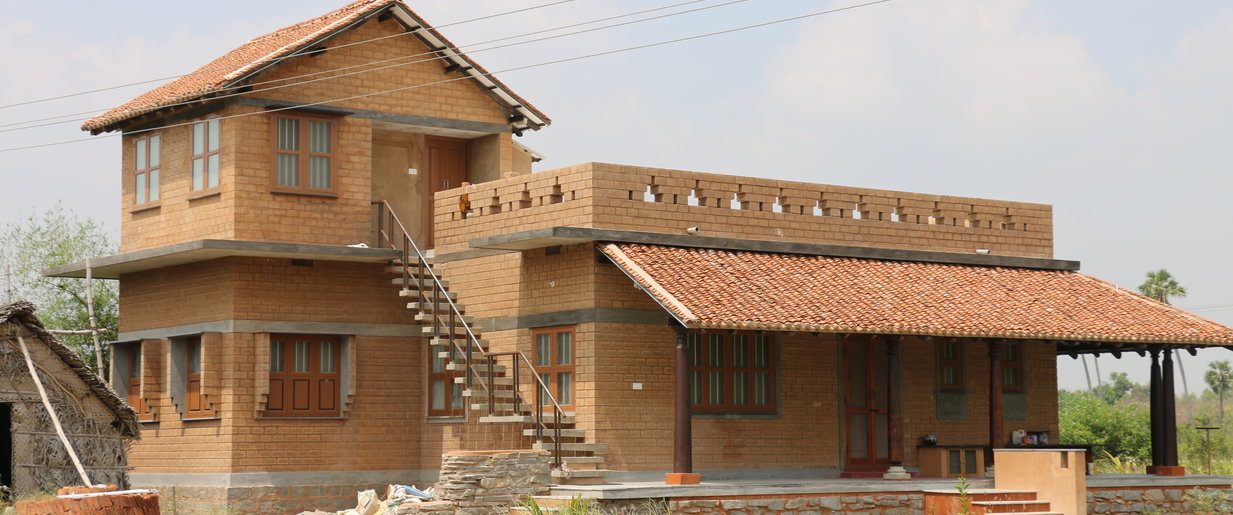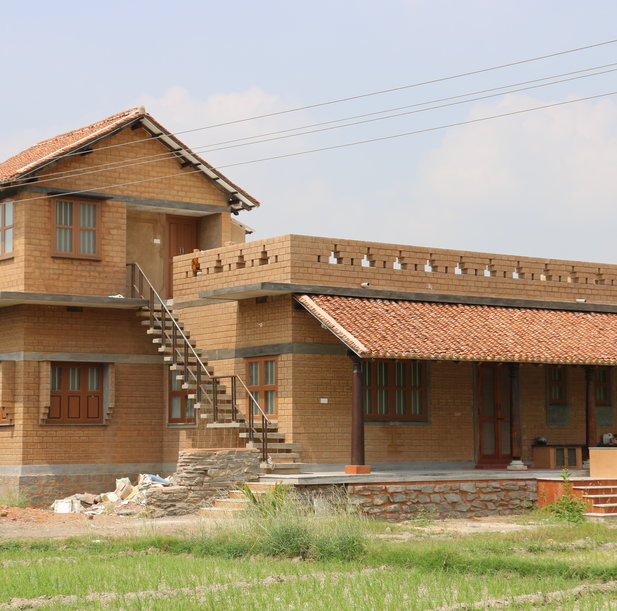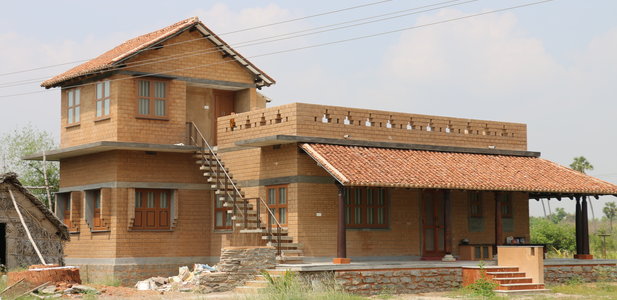New Features
Highlight element
Additional focus on your content.
A new element has been brought to our TYPO3 environment; the highlight element, adding the possibility of showcasing some additional information with both a colored background, images and/or a quote. Increase readability of your pages by displaying secundary/additional information as a highlight.
Import Pure publications
Get publications from Pure based on research ID, organisational unit or search term. .
As part of our ongoing journey of improving staff and group pages, we can now display publication overviews from Pure, based on group/topic/theme. Look up the correct ID in Pure, enter it in the element and let the API do the rest.
And yes, we'll definately look for further improvements on this import feature (such as items displayed per page or total items displayed).
Publications based on the search term 'energy transition'
- P.J. Stappers, remko van der Lugt, Design and the Growth of Knowledge: Best Practices and Ingredients for Successful Design Research
- S.M.J. Rogge, Anastasiya Bavykina, Julianna Hajek, H Garcia, Alma Olivos Suarez, A. Sepúlveda-Escribano, A. Vimont, G Clet, P. Bazin, Freek Kapteijn, Marco Daturi, E.V. Ramos-Fernandez, FX Llabres i Xamena, V Van Speybroeck, Jorge Gascon, Metal-organic and covalent organic frameworks as single-site catalysts, In Chemical Society Reviews.
- Julia Cramer, Quantum error correction with spins in diamond
- Noortje Groot, Georges Zaccour, Bart De Schutter, Hierarchical game theory for system-optimal control: Applications of reverse Stackelberg games in regulating marketing channels and traffic routing, In IEEEControl Systems Volume 37 p.129-152.
- Yawei Chen, Lei Qu, Emerging participative approaches for urban regeneration in Chinese megacities, In Journal of Urban Planning and Development Volume 146.
- Chunyi Hu, S.P.B. van Beljouw, Ki Hyun Nam, Gabriel Schuler, A. Rodríguez Molina, A.C. van Eijkeren-Haagsma, M. Valk, Martin Pabst, S.J.J. Brouns, More Authors, Craspase is a CRISPR RNA-guided, RNA-activated protease, In Science Volume 377 p.1278-1285.
- J. Pierotti, Models and heuristics for hard routing and knapsack problems
- Abdullah Kara, Christiaan Lemmen, Peter van Oosterom, Eftychia Kalogianni, Abdullah Alattas, Agung Indrajit, (2024), Design of the new structure and capabilities of LADM edition II including 3D aspects, In Land Use Policy Volume 137.
- M.D.L.A. Palacios Barea, D. Boeren, J. F. Ferreira Goncalves, (2023), At the intersection of humanity and technology: a technofeminist intersectional critical discourse analysis of gender and race biases in the natural language processing model GPT-3, In AI & SOCIETY.
- Jan Geleijnse, Martine Rutten, Didier de Villiers, James Tayebwa Bamwenda, Edo Abraham, (2023), Enhancing water access monitoring through mapping multi-source usage and disaggregated geographic inequalities with machine learning and surveys, In Scientific Reports Volume 13.




